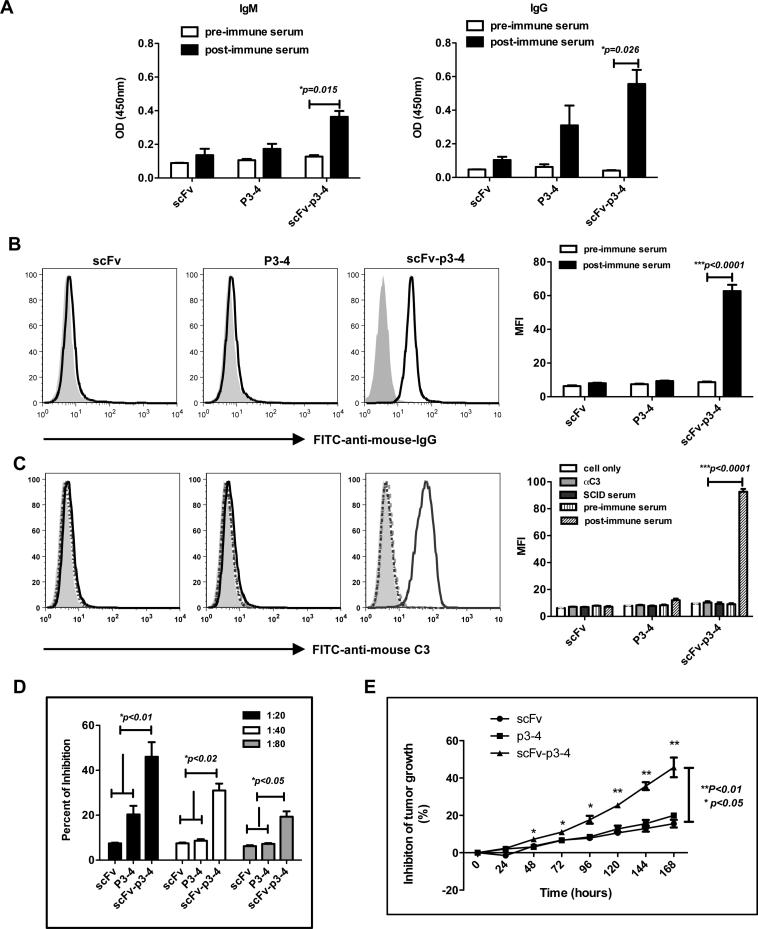Figure 4. scFv-p3-4 fusion protein elicits enhanced her-2/neu-specific humoral responses.
(A) Mice (n=3) were immunized with scFv, P3-4, scFv-p3-4 (50 μg/mouse) for 3 times at a 1-week interval, mice were bled at day 7 (IgM) and day 21 (IgG). The sera were measured for her2/neu-specific Abs by ELISA. (B) SKOV-3 tumor cells were stained with sera (1:20) from pre- and post- scFv, P3-4 or scFv-p3-4-immunized mice followed with secondary anti-mouse IgG-FITC and examined by flow cytometer. Summarized mean fluorescent intensity (MFI) was shown in bar graph. (C) SKOV3 tumor cells were incubated with heat inactivated post-immune serum followed by SCID mice serum. FITC-anti-mouse C3 antibody was added. C3 deposition was measured by flow cytometry. Summarized MFI is shown in the bar graph. (D) Ab competitive inhibition assay shows that sera from scFv-p3-4-immunized mice are capable of inhibiting Herceptin-mediated binding. Percent inhibition is shown. (E) 1 × 104 SKBR-3 cells were placed into the wells of the Acea 16-well plates for 24 h. Ten μl of heat-inactivated fusion protein immunized serum or pre-immune serum were added to cells and incubated for 170 h. The inhibition of tumor cell growth was calculated by measuring the relative decrease in current impedance among wells containing immune serum and wells containing pre-immune serum. Representative of 3 experiments.

